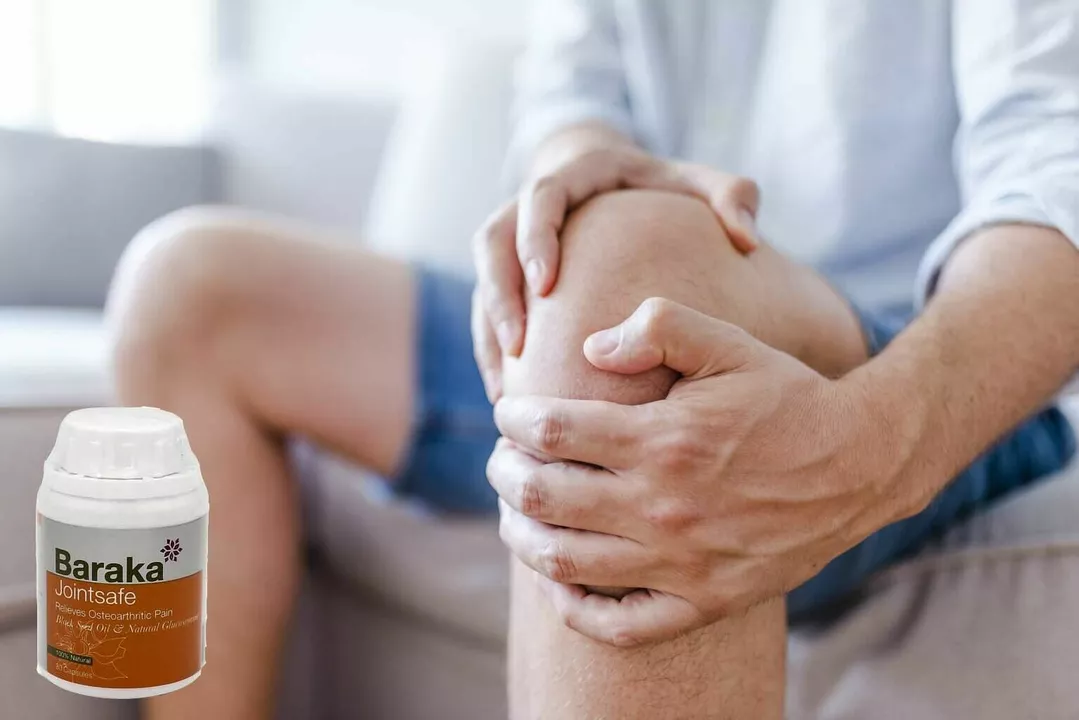Swelling Prevention: Simple Steps to Reduce Puffiness
Swelling (edema) shows up as puffiness in feet, ankles, hands, or face. It comes from extra fluid trapped in tissues. Sometimes it’s minor and goes away fast; sometimes it’s a sign you need medical attention. Here are clear, practical steps you can use today to prevent and reduce swelling.
Quick fixes that work
Follow RICE after an injury: Rest, Ice, Compression, Elevation. Ice for 15–20 minutes every 2–3 hours for the first 48 hours. Use a compression bandage or sleeve to limit fluid build-up, and keep the injured part elevated above heart level when you can.
Over-the-counter NSAIDs like ibuprofen can cut pain and reduce swelling for short-term injuries. Don’t use them long-term without talking to your doctor—NSAIDs can cause other problems if misused.
Daily habits to prevent swelling
Move regularly. Sitting or standing still for long periods lets fluid pool in your legs. Walk every 30–60 minutes, do ankle pumps, or flex your feet while seated. When flying or on long drives, wear loose clothing, drink water, and use compression socks if you’re at risk for blood clots.
Cut added salt. Excess sodium makes your body hold water. Swap processed snacks for fresh foods, and flavor meals with herbs and lemon instead of salt. Stay hydrated—ironically, drinking enough water helps your body release excess fluid.
Watch medications. Some common drugs can cause swelling: calcium channel blockers for blood pressure, certain diabetes meds, steroids, and some antidepressants. If new swelling starts after a medicine change, tell your prescriber.
Use supportive gear. Compression stockings, well-fitting shoes, and braces for chronic joint issues lower swelling by improving circulation. For people with lymphedema, a prescribed compression plan and manual lymph drainage from a trained therapist helps manage fluid long-term.
Diet and lifestyle help too. Lose excess weight if you can; that reduces pressure on veins. Limit alcohol, which causes fluid shifts and inflammation. Add foods with natural anti-inflammatory effects—berries, leafy greens, fatty fish—and talk with your doctor before trying supplements like turmeric or fish oil.
Know when to see a doctor. Seek care for sudden, painful swelling, redness and warmth (possible blood clot or infection), shortness of breath (could be heart or lung related), or swelling that doesn’t improve with home care. Your provider may check for heart, kidney, or liver conditions and run tests like blood work or an ultrasound.
Small, consistent actions make a big difference. Start with movement, lower salt, and elevation. If swelling keeps coming back or gets worse, get checked—catching the cause early makes treatment easier and safer.
Pregnancy and hot weather raise swelling risk. During pregnancy, rest with feet up, avoid tight socks, and tell your midwife about sudden facial or hand swelling. In summer, cool showers and wearing breathable shoes help. Small exercises like calf raises (stand and lift heels 10–15 times several times daily) improve circulation fast. Try gentle self-massage toward the heart for 3–5 minutes to move fluid. Stop massage if it hurts or skin changes color.

How to Manage Swelling in the Elderly Population
- by Colin Edward Egan
- on 6 May 2023
As a blogger focusing on the elderly population, I've discovered some essential tips on how to manage swelling in seniors. The key is maintaining a healthy lifestyle, which includes regular exercise, proper nutrition, and staying hydrated. Additionally, wearing compression stockings and elevating the feet can help reduce swelling. Lastly, it's crucial to consult with a healthcare professional for personalized advice and to rule out any serious underlying conditions. Managing swelling in the elderly is crucial to ensuring their overall health and well-being.
